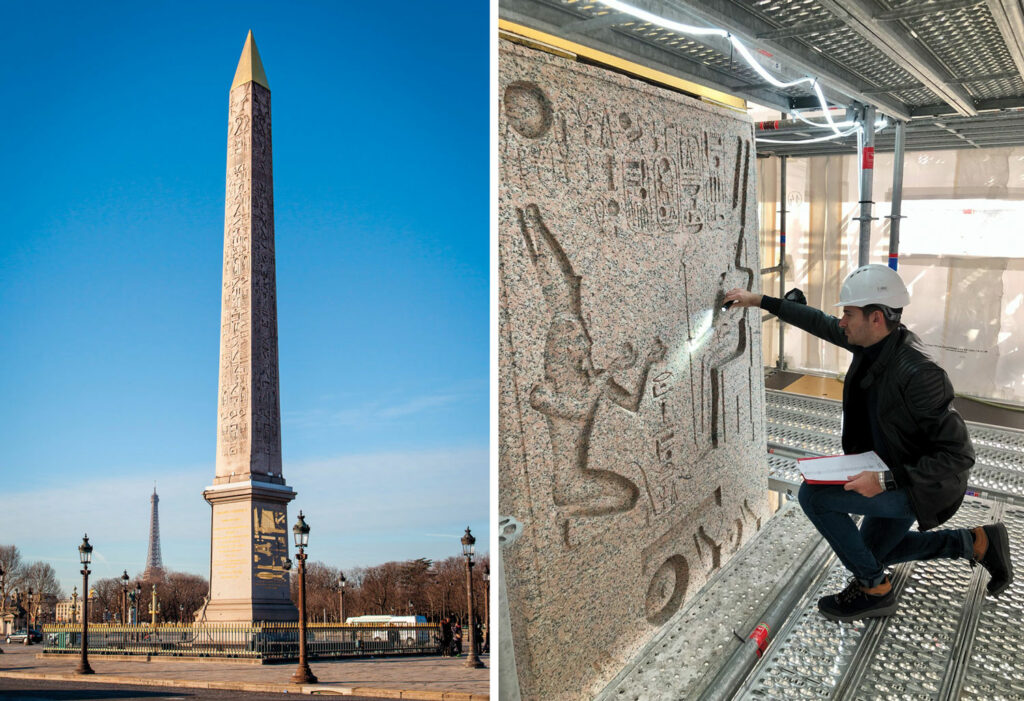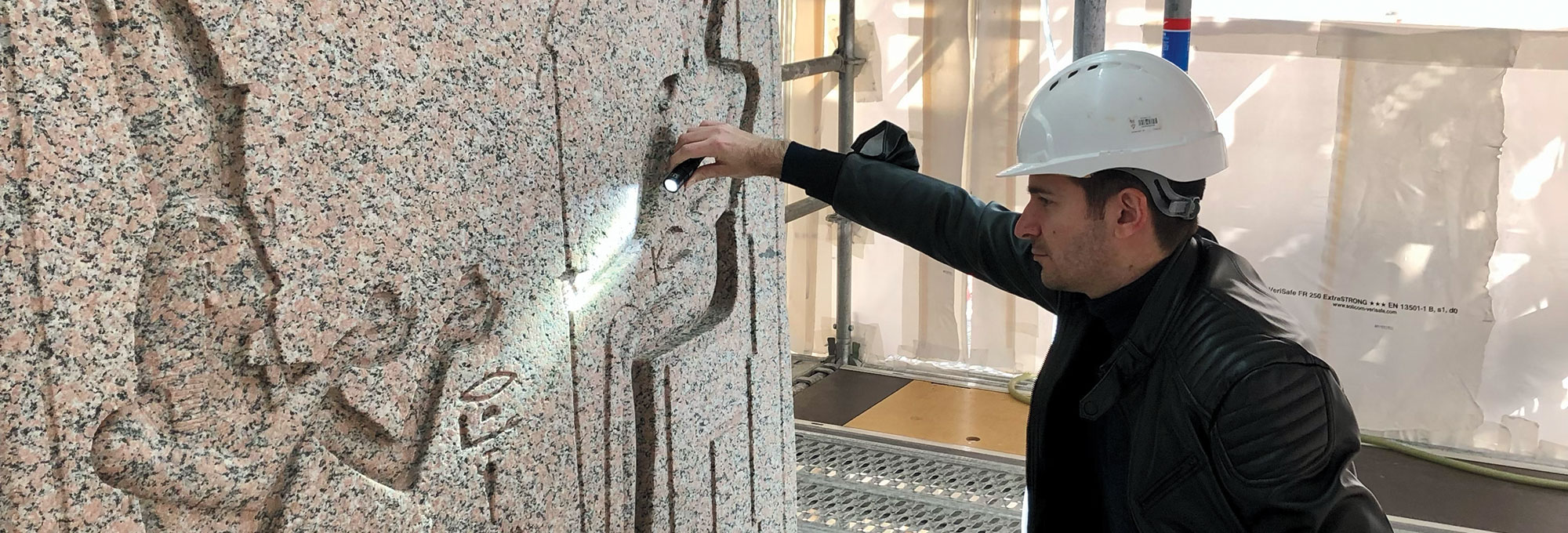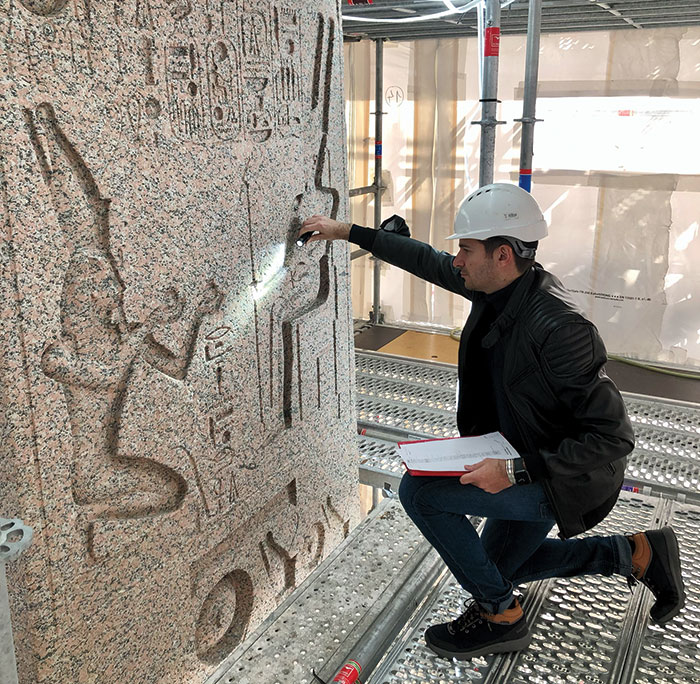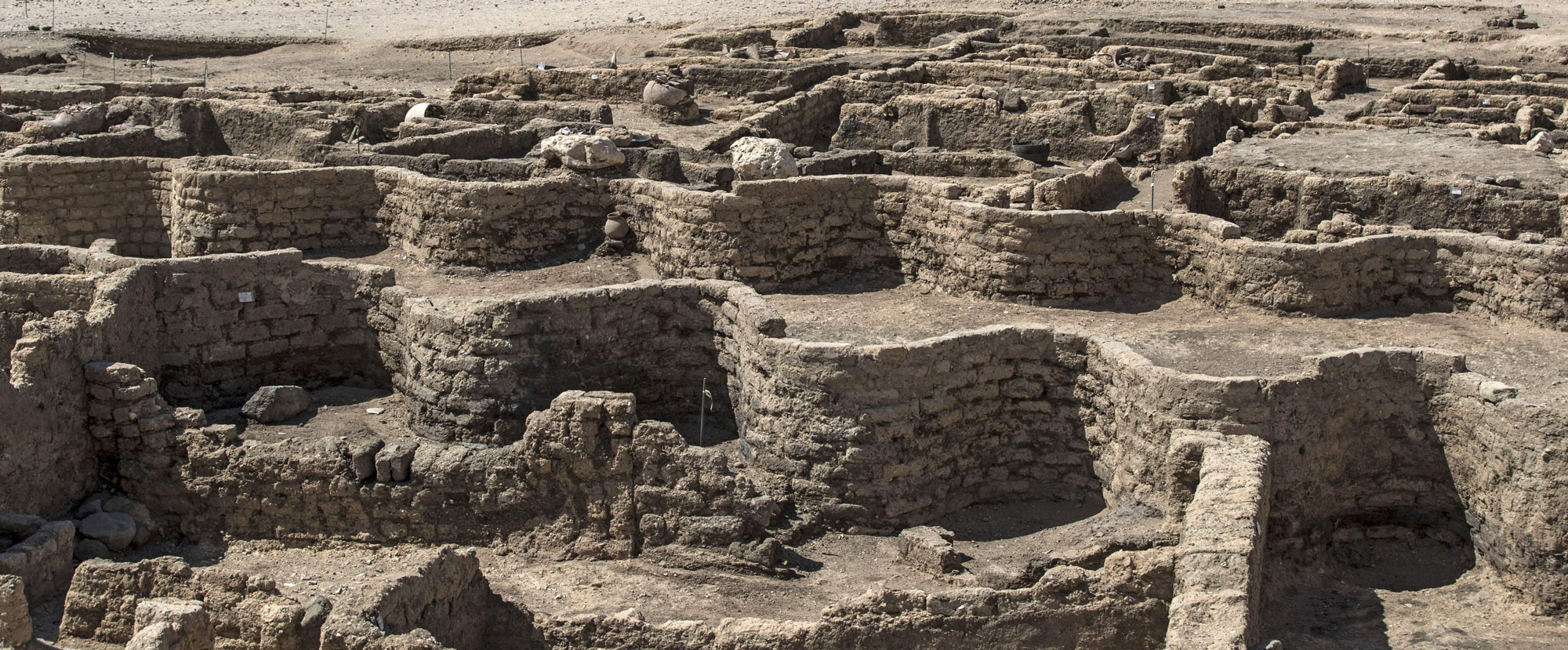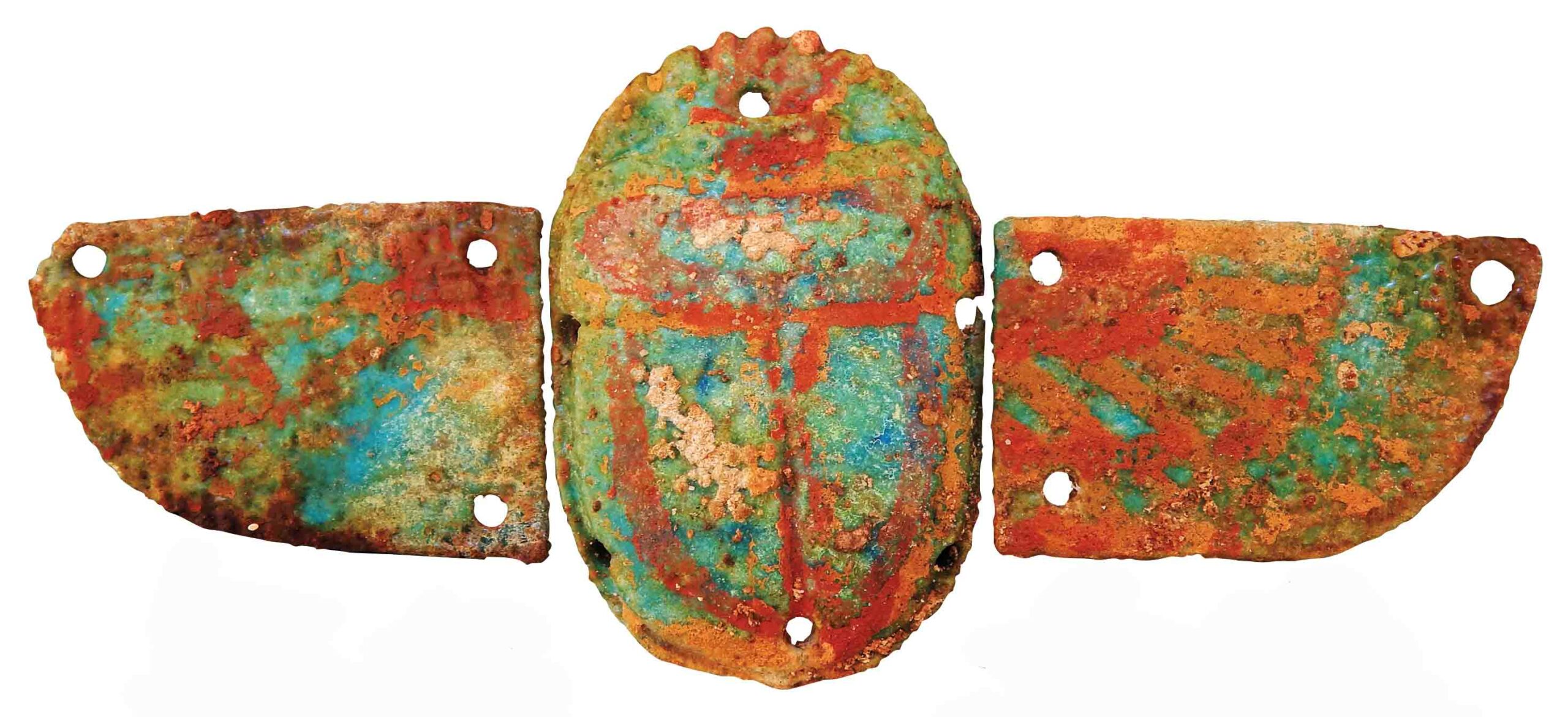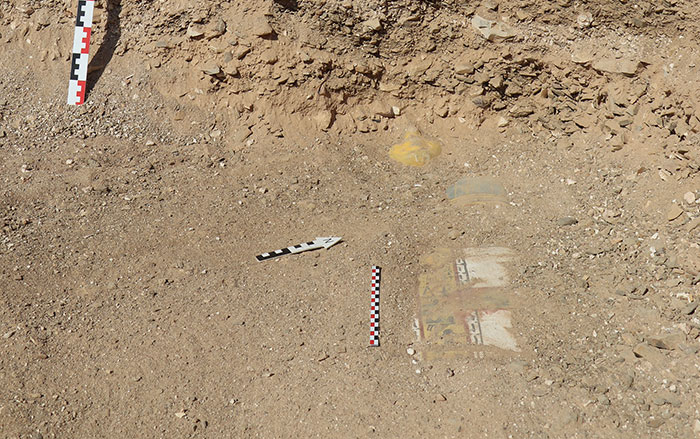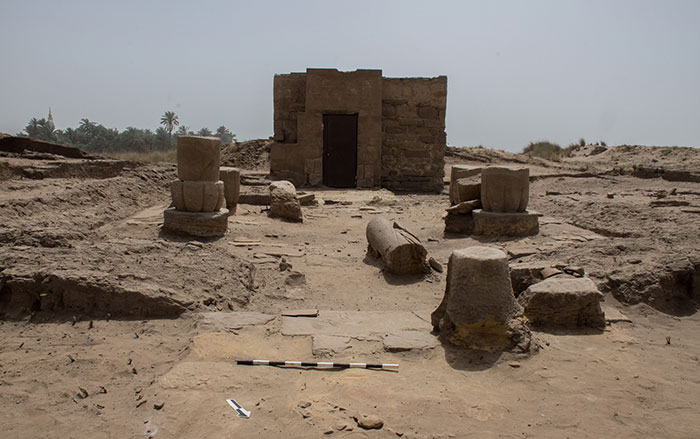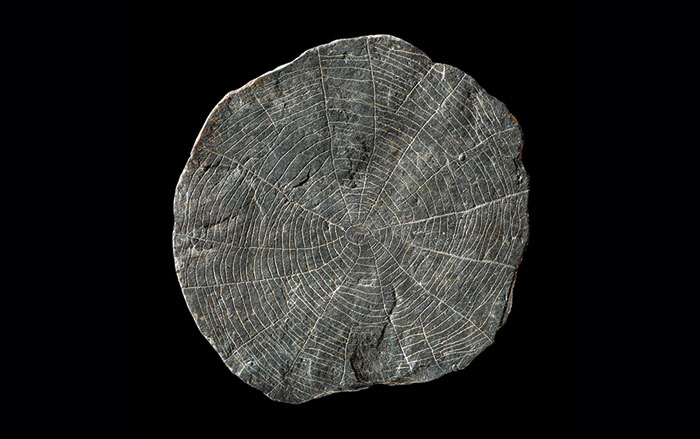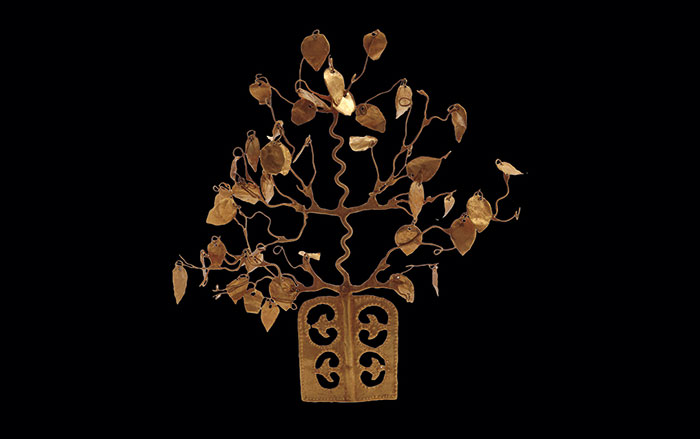Making a new discovery about a land thousands of miles away can be as simple as taking a walk. Such was the case for Sorbonne University Egyptologist Jean-Guillaume Olette-Pelletier, who grew curious while gazing up at the Luxor Obelisk, which rises some 75 feet above the Place de la Concorde in central Paris. The obelisk, which was erected in Luxor by the pharaoh Ramesses II (reigned ca. 1279–1213 b.c.), was given to France by Egypt’s Ottoman ruler in the 1830s.
While studying the red granite pillar up close, Olette-Pelletier identified several “crypto-hieroglyphs,” which use puzzles, wordplay, or special positioning to convey coded information. He noted that, high up on the side of the obelisk that once faced the Nile, Ramesses is depicted wearing a crown representing the union of Upper and Lower Egypt. Given its position on the obelisk, this hieroglyph would have been nearly impossible to read from the ground. It would only have been legible from the river, where nobles approached the nearby Luxor Temple by boat each year for the Opet festival, which celebrated the pharaoh’s authority. On the side of the obelisk overlooking a processional route used to bring offerings to the god Amun, Ramesses is shown wearing a crown with bull horns, which symbolized divine power. When paired with an image of an offering table, Olette-Pelletier believes, this hieroglyph exhorted viewers to make offerings to Amun to moderate his destructive tendencies.
The aim of these crypto-hieroglyphs, says Olette-Pelletier, was to convince the elite that the gods had selected Ramesses to rule Egypt. He needed to do so because his father, Seti I (reigned ca. 1294–1279 b.c.), had become pharaoh after Ramesses was born, leading to questions regarding Ramesses’ divinity and legitimacy. The divinity of a child born to a reigning pharaoh was a given. “Ramesses used cryptic writings to prove that, even if he was not born from the gods, he was chosen by them,” says Olette-Pelletier. “He proves that because he knows the divine language, the meaning of the cryptographic system.”
